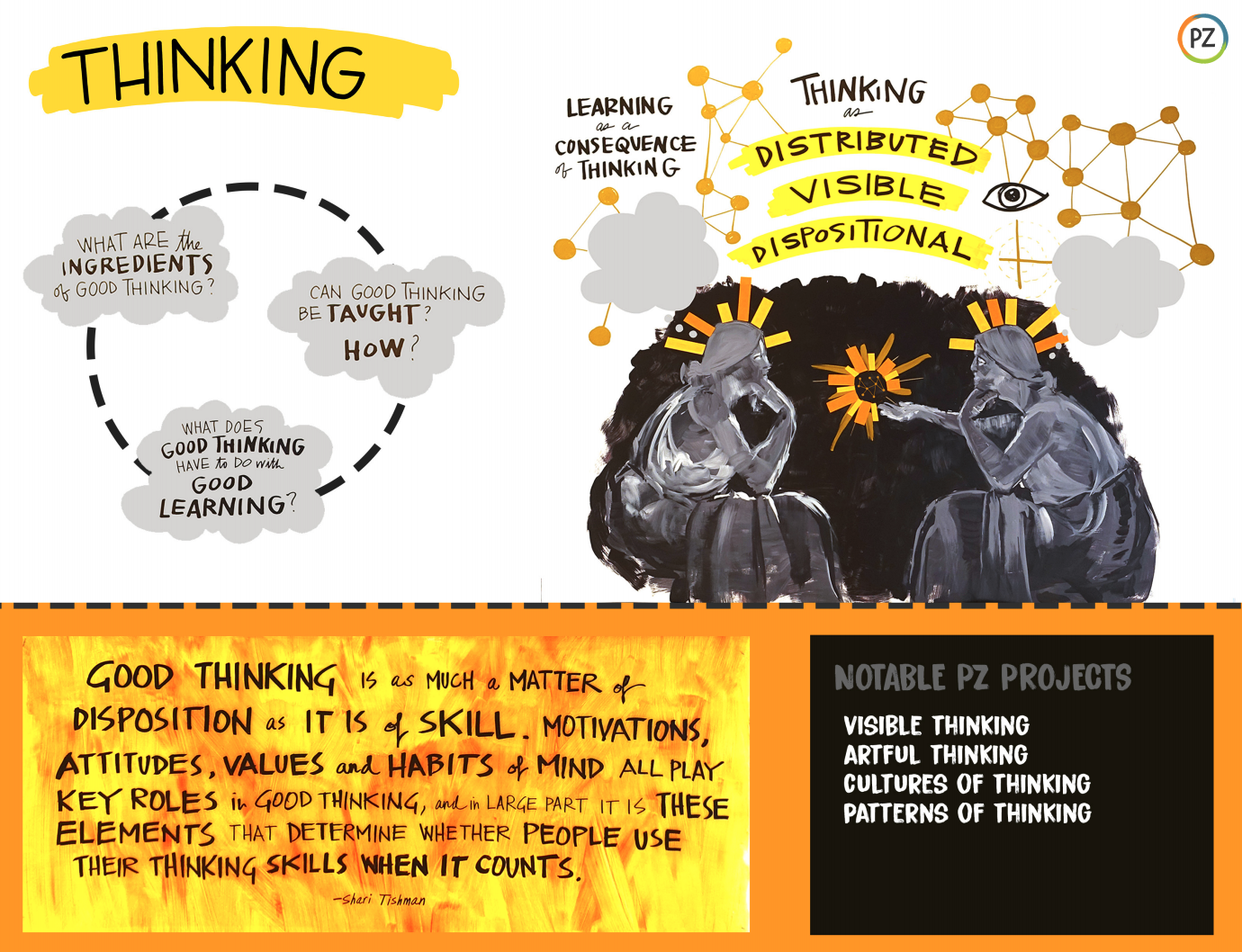SOLVED (sort of): Too many questions, too little time for answers
The answer to the following question is yes. Can students ask too many questions?
As a teacher, I’m constantly striving for student engagement. When students are engaged, they are switched on and thinking. And when students are thinking, they have the opportunity to learn. As my former colleague Ryan Gill would tell me, “there is no learning without thinking”.
This year I have a class that is full of very switched on students...who are relentless with their questions. Yes, it would be much worse to contend with a room full of disengaged and disconnected students, kept company by your own gradually fading voice. The issue for me is that the questions are fired away which removes the space and time to think.
The other issue is that when a student raises their hand, they’re focused on the question in their head and getting an immediate answer. They’re not following what’s going on in the class with the same level of attention. They can’t: their focus is too dissipated.
So I want to encourage questioning and help students clarify concepts. I also want students to hold on to their questions a little more, give themselves some space and time to consider if they actually know the answer themselves or whether the question is actually worth asking.
There’s also the concern for my own sanity. The fusillade of questions saps my own energy and ability to focus.
Serendipity struck. Amantha Imber is an organisational psychologist and has this great podcast called ‘How I Work’. On this particular episode, Amantha interviews Cal Newport, a computer science professor and bestselling author. Newport has written the popular books Deep Work and Digital Minimalism.
Imber’s podcast episode was centred around Newport’s latest book, A World Without Email. In their conversation, they discussed how emails disrupted the flow of work, robbing people of their ability to focus on particular tasks. And these emails would focus on issues that would then require follow-up emails, that would then need to be replied to, that would then also need to be replied to…
Newport has a solution: office hours. These involve set times when someone would be available for people to drop in with their list of questions and have them all answered in one go. Doing this in person allows for some back and forth, and generally much more efficient interactions than long, looping email chains. Freed of these emails, workers can spend less time on unscheduled communication and more time focusing on tasks.
Now, how does this apply in the classroom? I have started creating ‘office hours’ within the classroom. I use a tool, Padlet, and ask students to post their questions to the Padlet during class. Hands go up...and I tell them to come down. “Put it on the Padlet,” I say. Students list their questions and, hopefully, they might notice that other students have already put down the same questions. Students can also provide answers to someone else’s question.
An example of a Padlet with student questions and my responses.
Then, at a time of my choosing, I turn to the Padlet and tackle the questions. I project the questions to the class and go through them methodically. I type or write the answers in the program so students can go back to the Q and A at a later stage to help consolidate their knowledge.
Look, it’s not a perfect solution. I have to remember to check the Padlet and sometimes I end up calling on students and break my own rules. But when I have been diligent, it’s given us all a bit more time and space. The ‘office hours’ have been a useful addition to giving students and teacher some more opportunities to think and hopefully learn. I’ll keep you posted on how this strategy develops.

